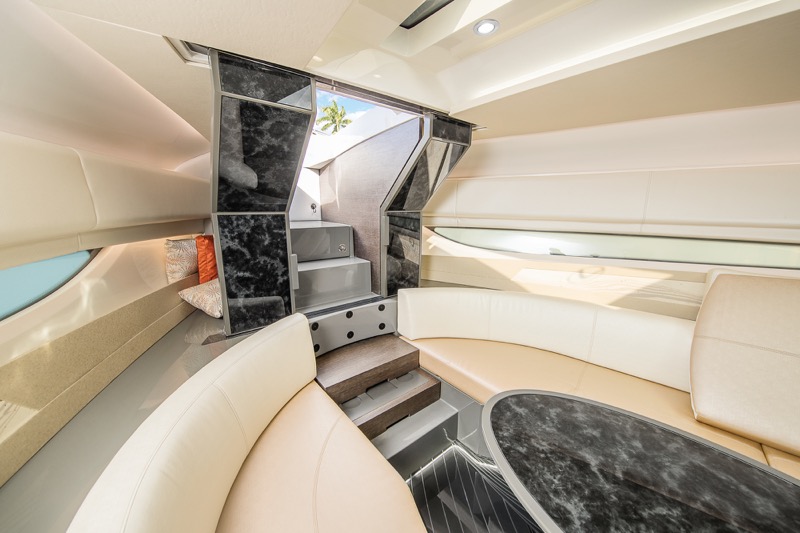
The goal is to allow eye-contact between the headset wearer and others in an effort to make it less awkward while wearing a headset and communicating with someone in the same room.

#Prototype 3 facebook full
If the wearer jumps back into full VR, the display can go blank to signal that they’re no longer engaging with the outside world.Researchers at Facebook Reality Labs today published new work showcasing a prototype headset which has external displays to depict the user’s eyes to others outside of the headset. That display creates the illusion of looking through the lenses of thick goggles and seeing a pair of eyes, although in reality you’re still seeing a real-time animated copy. Then, the image is projected onto an outward-facing light field display. The stereo cameras capture an image of the face and eyes inside the headset, and their motion is mapped onto a digital model of the face. The team’s prototype headset - which it revealed ahead of next week’s SIGGRAPH conference - adds a stack of lenses and cameras to a standard VR headset display. Matsuda ran with the concept, and over the next two years, he led a team in developing a svelter design. “But I don’t tell researchers what to do, because you don’t get innovation without freedom to try new things.” “My first reaction was that it was kind of a goofy idea, a novelty at best,” he notes. A prototype of Facebook’s reverse passthrough system.Īccording to the blog post, FRL chief scientist Michael Abrash - quite understandably - didn’t find the idea very practical. The result was basically Matsuda wearing a telepresence tablet showing a copy of his own face - which is arguably just as awkward but with a more intriguingly postmodern twist. The screen displayed a virtual rendering of his upper face, and custom-rigged eye-tracking cameras captured where Matsuda was looking, so his avatar’s eyes could point in the same direction. A blog post explains that Matsuda started in 2019, when he mounted a 3D display onto an Oculus Rift S headset. That’s awkward if bystanders are used to seeing their friend or co-worker’s uncovered face.įRL scientist Nathan Matsuda decided to change this.

But as FRL notes, the people around a headset user can’t make eye contact, even if the wearer can see them perfectly. It’s useful for quickly dropping out of VR, and it can also enable a form of augmented reality by adding virtual objects to the camera feed.

Facebook’s Oculus Quest platform, for instance, shows users a passthrough feed when they step outside their VR space’s boundaries.

“Passthrough VR” refers to a feature that displays a live video feed from a headset’s cameras, letting users see the real world while they’re still wearing the device. Researchers devised a method for translating your face onto the front of a headset, although they emphasize it’s still firmly experimental. Earlier this week, FRL released a paper on “reverse passthrough VR,” a recipe for making VR headsets less physically isolating. Facebook Reality Labs wants to help people see your eyes while you’re in virtual reality - even if the results sit somewhere between mildly unsettling and nightmarish.


 0 kommentar(er)
0 kommentar(er)
